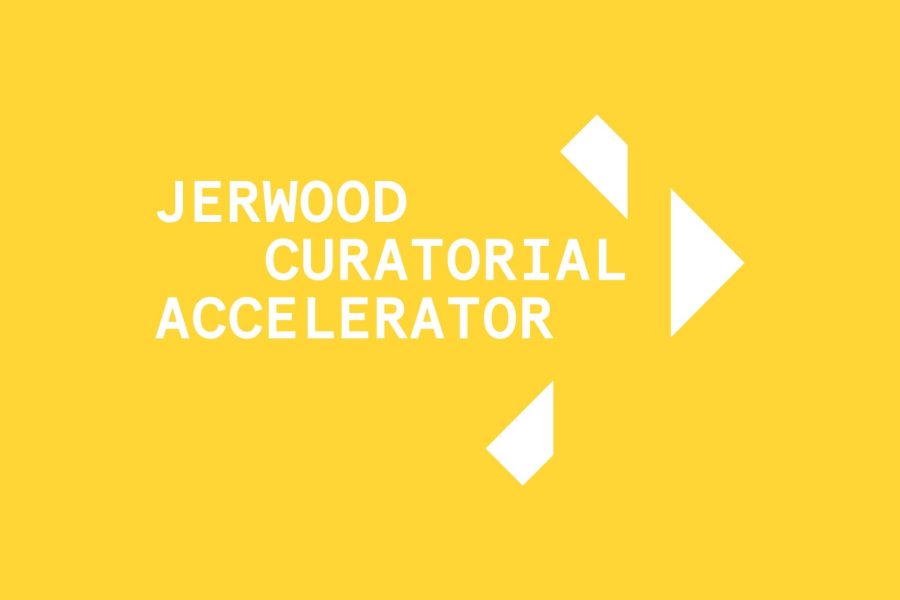Calls for entries have been used regularly in Jerwood Arts’ opportunity making over the years. We prefer this term to ‘open calls’ because we feel an opportunity with eligibility or selection criteria is never totally ‘open’. Recent projects that we have used this method for include the 1:1 FUND (2021), Live Work Fund (2020), Jerwood Art Fund Makers Open (2011 – ) and the Jerwood/Photoworks Awards (2015 – ).
The common characteristics are that the guidance and application form are published on our website and then pushed out far and wide through Jerwood Arts’ digital communities and our partner, artform and artist networks. Anyone can consider applying and we provide access support and information to help people to make the best application they can. As a more common model of opportunity making, the strengths are fairly well rehearsed:
- It is the most open and inclusive approach – anyone eligible can apply
- Marketing can be targeted to address under-representation in the arts in demographics, geography and artform/discipline
- Applicant support can help people make the best applications they can and increase accessibility
- It enables funders to be more transparent about how applications will be read and decisions made, with the process being fully visible online
The downsides to calls for entries have been widely discussed across the sector and social media, especially in light of the pressures the pandemic has added to artists’ livelihoods. Last summer we published a Jerwood in Practice blog about how funding for individuals is broken, which highlighted some of the key weaknesses:
- the unpaid labour that goes into application making
- the high numbers of applicants and lack of control over number of applicants
- the lower chances of success
- it requires existing fundraising confidence to decide to apply
- the support and marketing efforts often only generate a marginal shift in who decided the opportunity is ‘right for them’.
Nomination processes involve developing an extensive list of ‘nominators’ who are best placed to identify early-career applicants in the specific artform or discipline an opportunity is targeting. We have used it recently for selecting artists for major commissioning opportunities such as Jerwood Survey (2018-19) and Survey II (2020-22) and Jerwood Collaborate! (2019), as well as three rounds of our celebrated Jerwood Compton Poetry Fellowships (JCPF) (2017 – ).
The strengths of the nomination process lie in the list of nominators. In our experience, if you have identified the right nominators this approach can reach new applicants and generate exceptional applications in a more targeted way. For this reason, we spend significant time developing nominator lists for opportunities, thinking carefully about the geographic spread and the diversity of nominators, and including key people with insights and access to individuals/networks outside of the ‘usual suspects’. We have also learned to brief nominators with clarity and care on what is being asked, particularly where there is guidance on areas of under-representation that the opportunity seeks to address.
One of the many benefits of working with nominators is that it establishes a community of support around an opportunity – people who are pre-disposed to be favourable toward the goals of the programme and invested in its outcomes. This has certainly been true of the Jerwood Compton Poetry Fellowships where, as a new significant award within poetry, we managed to establish its values and purpose quickly by working with a large group of nominators who for personal, professional or altruistic reasons wanted to see it succeed. Another huge positive is the confidence that a nomination can give to an individual; to know that their work is being seen and advocated for is normally well received.
There are also drawbacks to working with a nomination process:
- It can be time consuming developing the nominator list and communicating with them.
- The response rate can be low, which means there is a risk that the nominations received do not reflect the diversity of the nominator list. (For the last edition of JCPF 38% of 181 nominators submitted names, for JCA it was 47% of 185 nominators)
- It is a closed process, meaning there will inevitably be many individuals who would fit the opportunity that do not have a chance to make an application.
- Many opportunities carry eligibility requirements, and it can be difficult to put nominators in the position of guessing an individual’s eligibility or interest in the opportunity. This can lead to a lot of assumptions, biases and second guessing.
- It can be more frustrating for applicants who are unsuccessful, as they may not have decided to spend time on an application if they hadn’t been nominated.
In summarising the two approaches it is important to add that there remain many further institutional barriers, administrative processes and biases that are built into both, and the interplay with the individual psychology of applicants is multifaceted.

